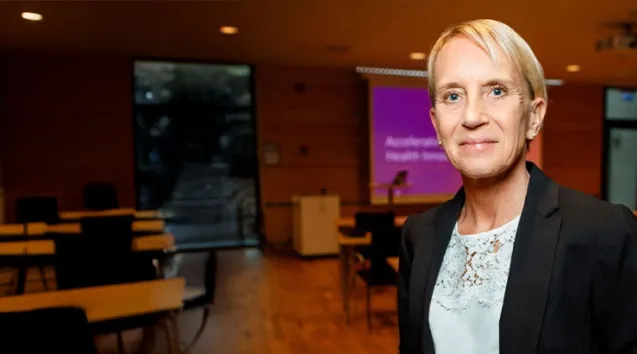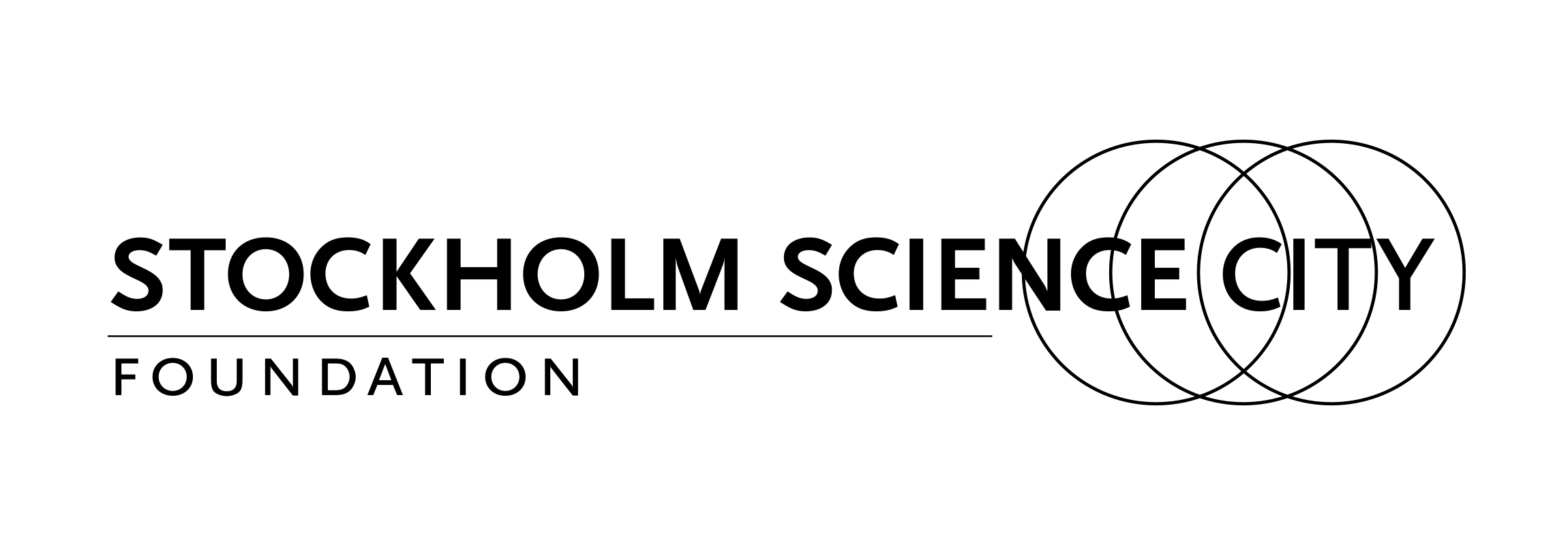Interdisciplinarity in Life Science – Crucial for Future Health and Competitiveness

Once again, I leave this year’s The Future of Life Science conference filled with inspiration and energy from thought-provoking discussions. The beautiful Engelberg Ironworks provided a welcoming setting, with soft spring greenery, blooming cherry trees and Mayday tree, and a warming sun in the cool spring air. What better environment to inspire positive energy and forward thinking?
This year’s theme was "precision prevention", a concept that partly plays on the term "precision medicine." The focus was on exploring if, how, and when preventive measures will become a natural part of healthcare, and what is required to implement prevention in practice. It’s a broad and ambitious topic, perhaps bordering on trying to do too much, but the primary goal of these conferences is not to reach a final conclusion or joint recommendation.
The purpose is to enable broad discussion and illuminate key questions from multiple perspectives.
Topics that span large and complex domains require the participation of individuals from a wide range of disciplines – from molecular and biological sciences, clinical and psychological fields, to philosophical, political, economic, ethical, and social perspectives. I am convinced that true progress happens where open, knowledgeable people engage in high-level, cross-disciplinary dialogue.
While the conference generated a lot of positive energy, it also once again highlighted the major challenges we face. In healthcare, we must address unsustainable costs growing faster than GDP, an inverted population pyramid (where more elderly and chronically ill people need care from a shrinking workforce), and a healthcare system where efficiency is not keeping pace with investment. There is no simple solution. If there were, we in the Western world would have already copied it.
What we are facing are multifactorial problems – and so the solutions must be multifactorial as well. Whether the focus is on prevention or treatment, precision as a guiding principle requires new approaches, new knowledge, and the courage to rethink and reevaluate existing systems. No discipline or profession can tackle these challenges alone – interdisciplinarity and collaboration are key.
Decisions must be fact-based and not driven by ideology or opinion. I sense that the challenges are being acknowledged and that there is a shared willingness to find solutions. Prevention is a good example. Diseases like diabetes, cardiovascular disease, and cognitive disorders can be prevented through increased awareness of, for instance, the importance of lifestyle changes. Yet only about 3% of healthcare spending is allocated to prevention.
Successful life science research is increasingly happening at the intersection of different fields. Modern breakthroughs – such as the development of mRNA vaccines or AI-driven diagnostics – would not have been possible without collaboration across disciplines. This kind of cross-sector work leads to shorter paths from research to implementation, more effective treatments, and better decision-making tools in healthcare.
Interdisciplinarity in life science is not only a scientific necessity – it is also a competitive advantage. Countries that invest in interdisciplinary infrastructure, collaborative platforms, and education will naturally be stronger in the global race for knowledge and innovation.
As I write this, we are in that fleeting moment between Mayday tree and lilac, and the light is still growing.
Latest Monthly Perspective

What makes a cluster truly excellent?

Accelerating health innovation from the West

We must think bigger, act faster, and collaborate more closely




